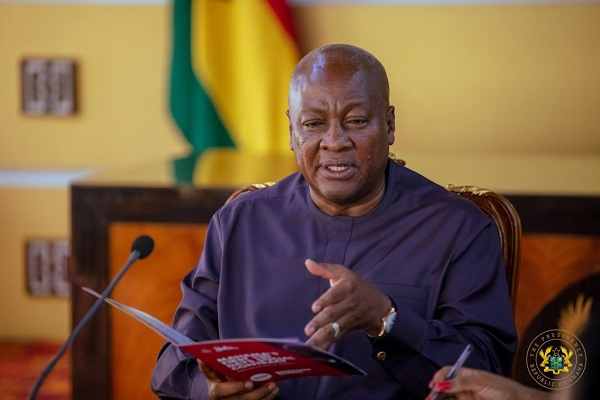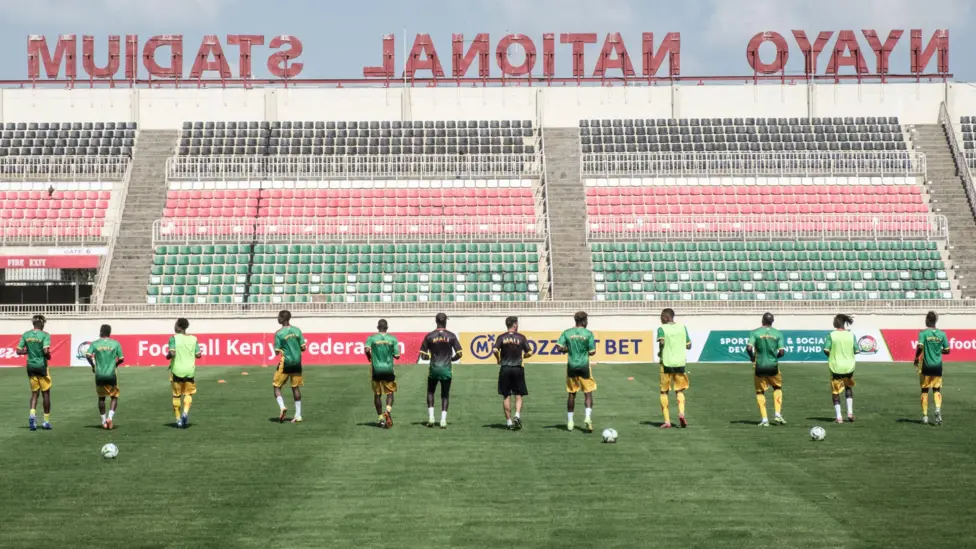Kenya's new superpower: AI X-rays are detecting TB in seconds

Kenyans no longer have to wait several hours or days to know if they may have tuberculosis (TB), thanks to a new computer-assisted chest scanning system that is helping doctors detect TB faster and more accurately.
The X-ray machines are enabled by artificial intelligence algorithms (AI) that can detect TB in the lungs of infected persons and interpret the results in real time.
This new system has made testing for TB much quicker and more reliable, according to the Head of Programme at the National Tuberculosis, Leprosy and Lung Disease Program, Dr. Immaculate Kathure.
Faster and more accurate diagnosis
This new system has made testing for TB much quicker and more reliable. It also helps solve a big problem: the shortage of trained radiologists in many parts of Kenya and other African countries.
The digital X-rays are used both for screening and diagnostic purposes, depending on the availability of molecular testing at the facilities visited by patients and the environment or conditions under which testing is done.
Although molecular testing is usually the first point of call for patients who present with symptoms of TB at health facilities, the X-ray machine is the most efficient alternative for fast and quicker results where molecular testing is not immediately available.
The results are also available instantly.
“Once the X-ray is done, the clinician is actually able to access the results immediately through their phone,” Dr. Kathure explained.
The system connects through a local network in the health centre, which allows the results to be seen across departments.
It also tells doctors whether there is “probable TB” or “no TB”, helping them decide quickly if more testing is needed.
What else can the X-rays detect?
The system does more than just detect TB. It can also find other chest problems such as a large heart, long-term lung disease, lung nodules that may lead to cancer, and even chest fractures.
How many people have been screened?
By December 2024, the system was in use at 69 health facilities across Kenya. Over 128,000 scans had already been done using the new digital chest scan tool, with an estimated 35,000 being chest scans. Out of this number, 4,000 TB cases were detected.
“This technology has helped us detect more TB cases. We have actually seen a 51% increase in case detection since we began using it,” Dr. Kathure confirmed.
Accessibility and affordability to patients
The system is free for people who go to lower-level public health centres as a result of the government’s primary healthcare infrastructure.
X-rays carried out during community outreaches are also free for patients. Patients who are also already subscribed to the Kenyan government’s health insurance are covered.
At bigger referral hospitals, there may be a charge for taking the X-ray, but not for using the computer tool to read it.
“We don’t charge any extra money to that patient,” she said.
How the system helps Kenya reach WHO’s 2030 TB target
According to the WHO’s 2024 report, Kenya has about 124,000 new TB cases each year. But in 2024, only 97,000 cases were found, leaving more than 20% of people with TB undiagnosed.
The new system is helping to change that.
“What we are hoping is that the introduction of this technology is aimed at helping us to accelerate the last mile to be able to find the missed cases of TB and get closer to TB elimination.”
The WHO has helped Kenya with planning, fundraising, and rolling out the technology.
“They have been pivotal in the process,” she said.
Where the funding is coming from
The digital machines and the computer systems are not made in Kenya. They are bought using government funds and support from international partners.
The Global Fund helped bring the computer system to 70 health centres that already had digital X-ray machines but didn’t have the scanning software, whereas partners, including the United States Aid (U.S. AID), also donated portable chest scan machines with the system included.
These are used in smaller clinics and during visits to communities.
Source: globalsouthworld


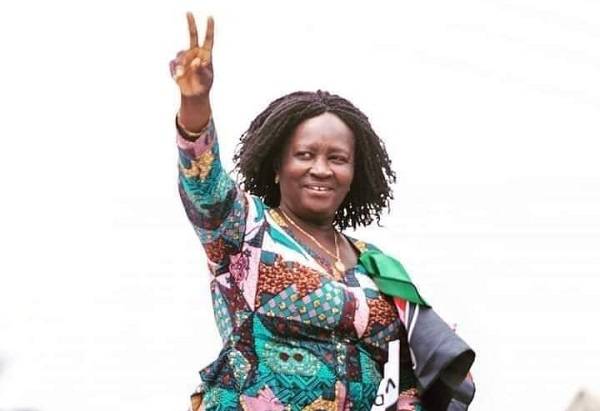



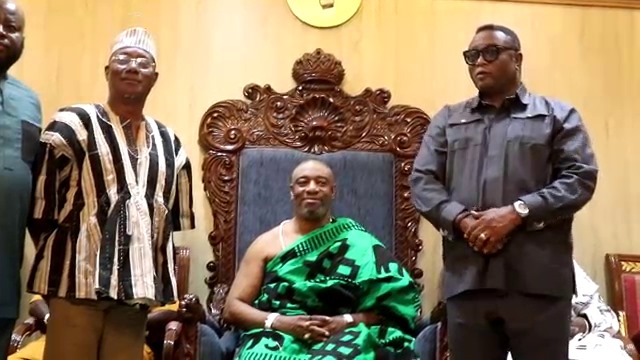
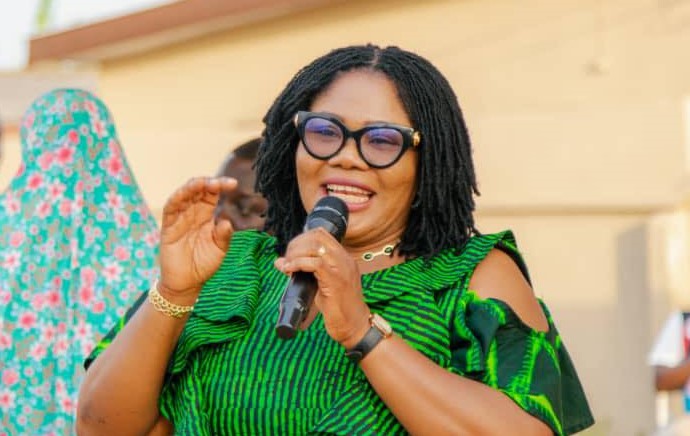












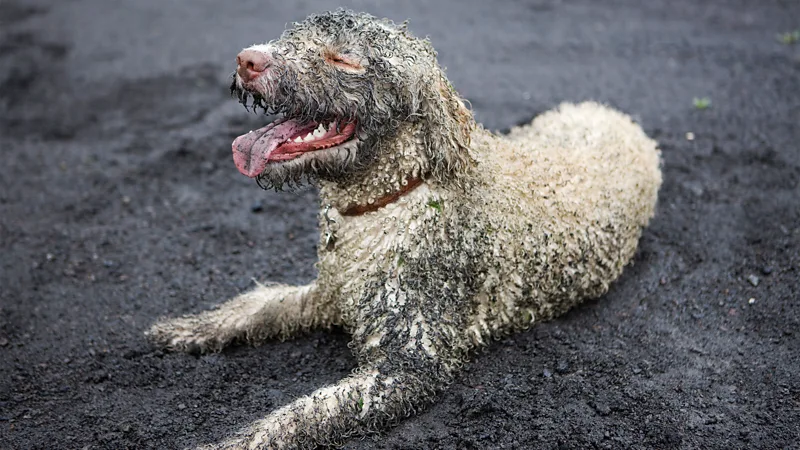


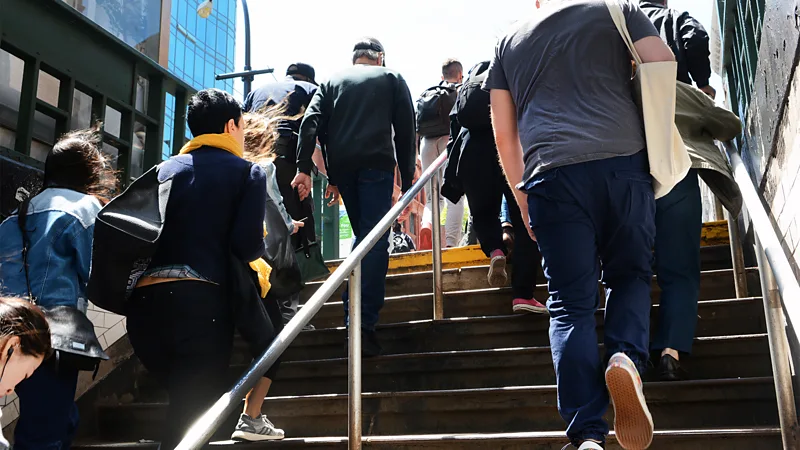
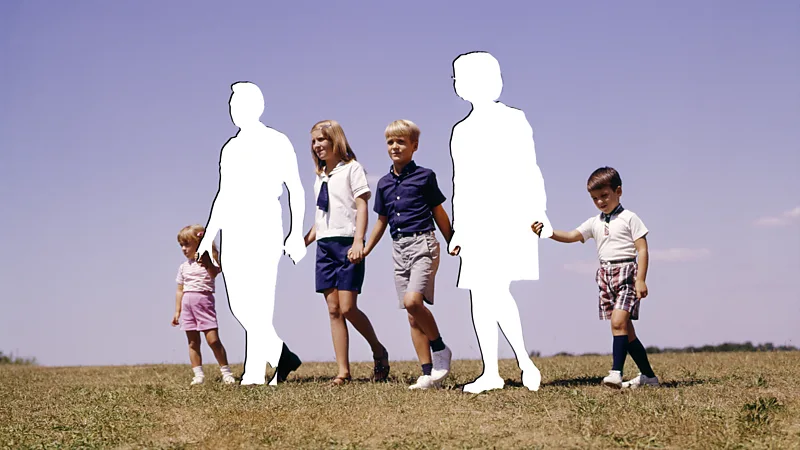
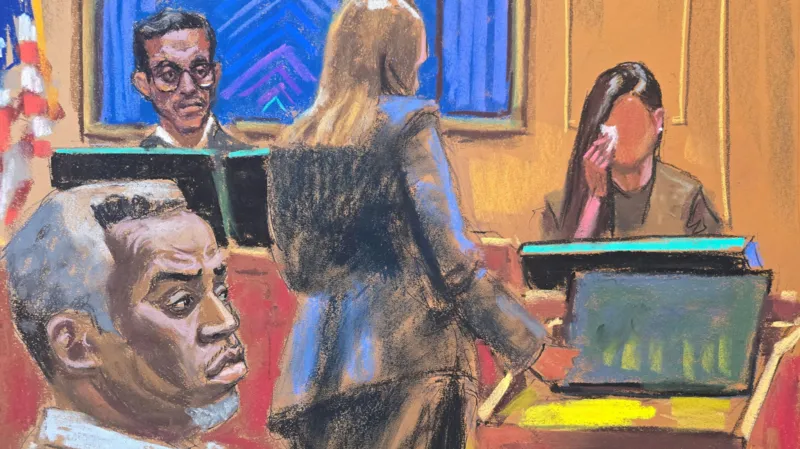

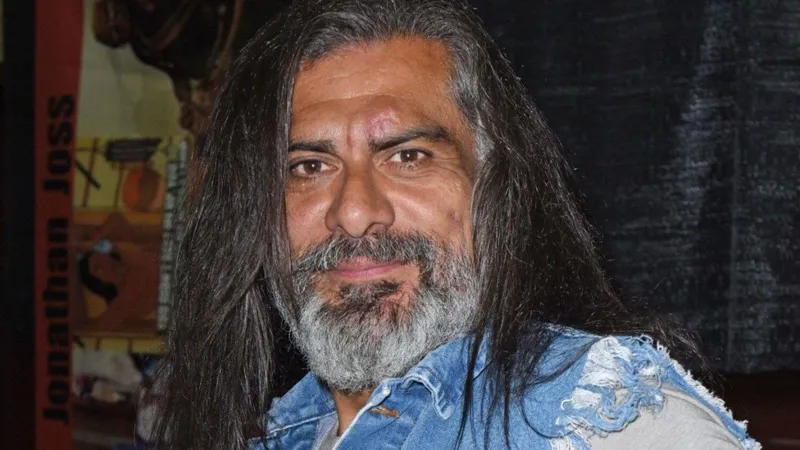

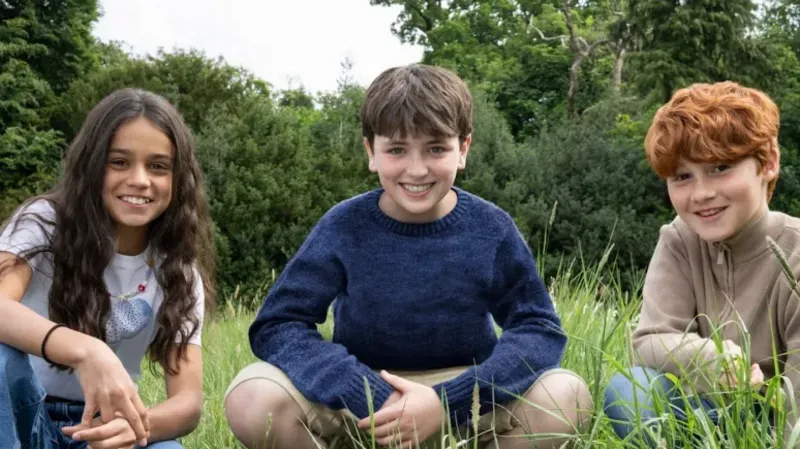
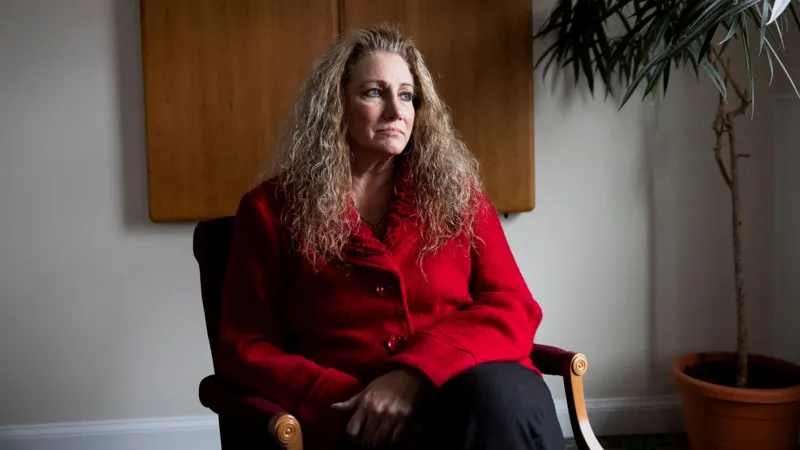
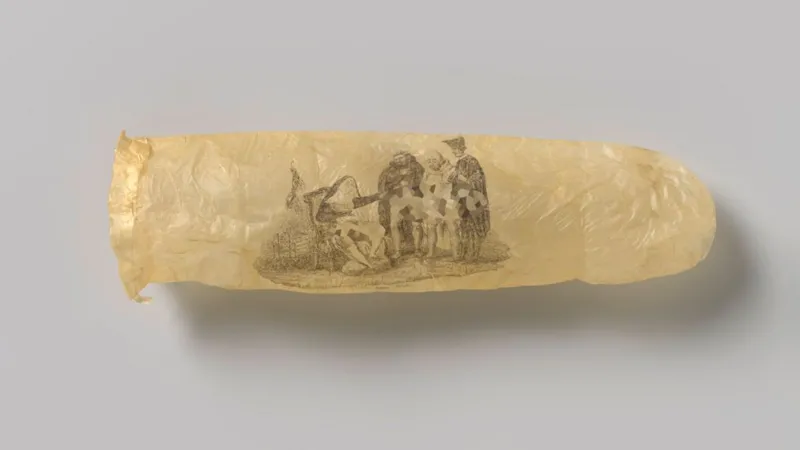
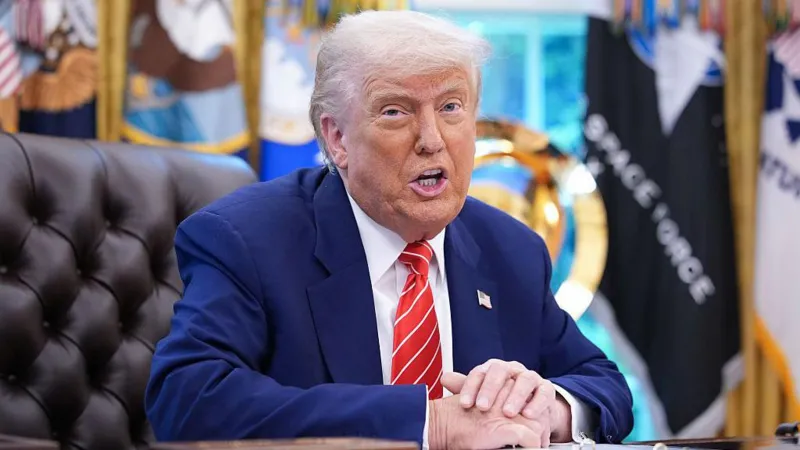


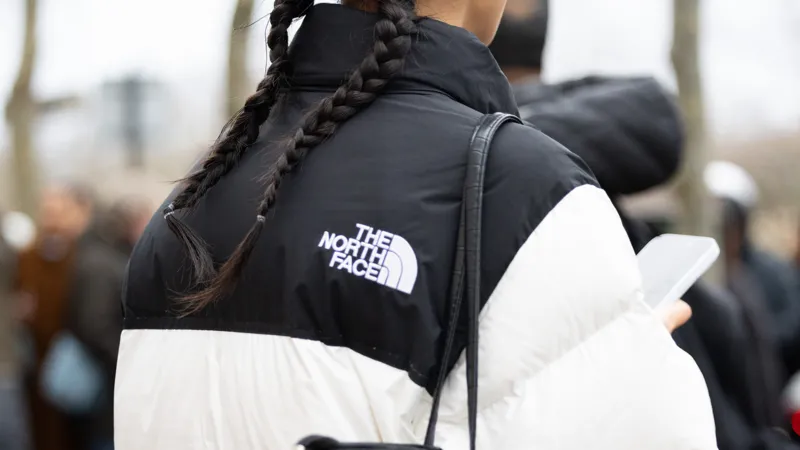



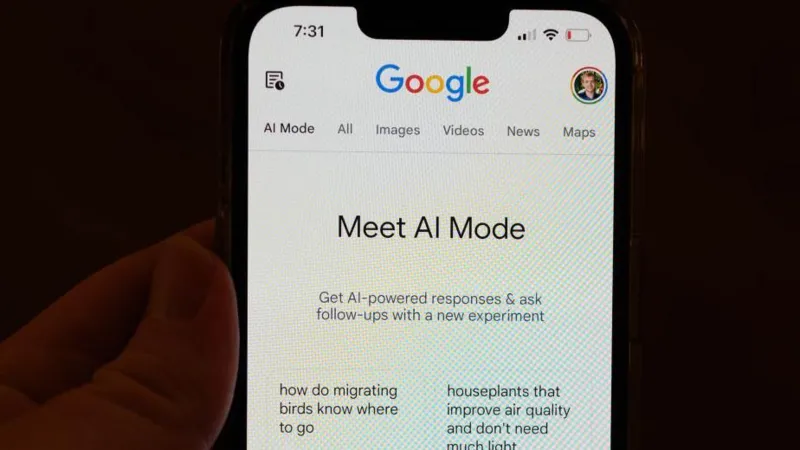








:max_bytes(150000):strip_icc():format(webp)/Health-GettyImages-1473559507-c291b88e12d74befa8c678a2aa3e6747.jpg)



